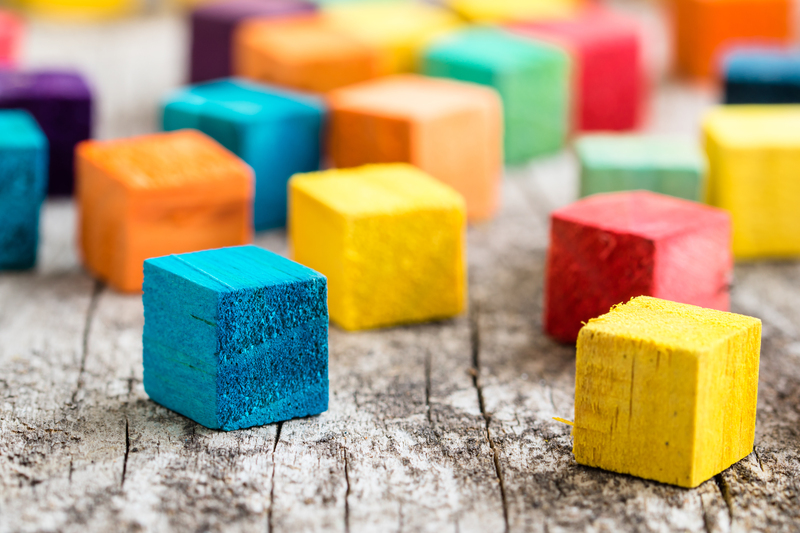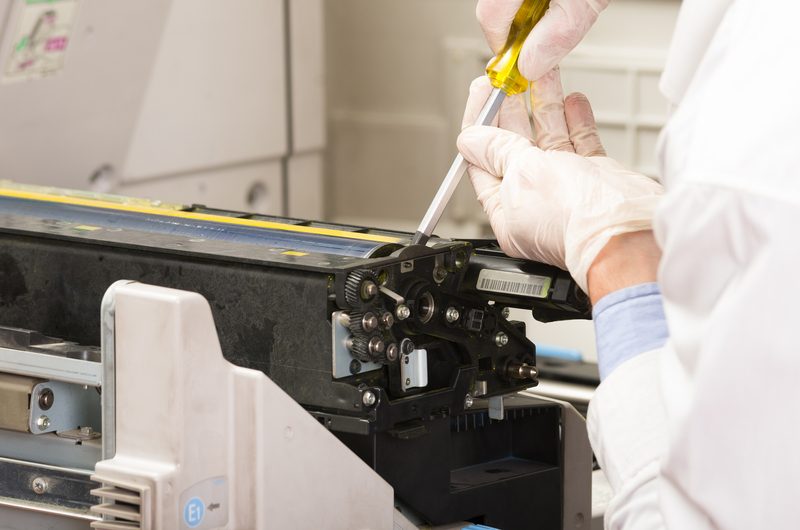Steps to Prepare Your Pots and Pans for Responsible Recycling
Recycling is an essential part of reducing household waste, conserving resources, and protecting the environment. Among the items often encountered during decluttering or kitchen upgrades are old pots and pans. These kitchen essentials can wear out or become unusable, making responsible recycling an ideal solution. However, recycling cookware isn't as simple as tossing them into a blue bin. This comprehensive guide covers all the key steps to get your pots and pans ready for responsible recycling, ensuring you make environmentally-sound choices from start to finish.

1. Understand Why Recycling Cookware Matters
Before diving into the preparation process, it's important to recognize why recycling pots and pans is crucial. Metal products, including your kitchen cookware, require significant natural resources and energy to create. By recycling these items:
- You help reduce landfill waste
- You conserve valuable metals such as aluminum, stainless steel, and copper
- You lower environmental impacts associated with raw material extraction
- You contribute to the circular economy, supporting jobs and innovation
Being aware of these benefits provides additional motivation for taking the correct steps when recycling your old pans and pots.
2. Assess the Condition of Your Pots and Pans
Not every piece of cookware needs to head to the recycling center. First, take a close look at your old kitchenware to determine if it's truly time to recycle. Here's how:
- Check for damage: Are the non-stick coatings peeling? Is the bottom warped or cracked beyond repair?
- Assess usability: If the piece only has cosmetic flaws--such as discoloration or minor scratches--it might be suitable for donation instead.
- Consider upcycling: Some pots and pans can find a second life as planters, storage containers, or art projects.
If you determine that responsible recycling of your unwanted pans and pots is the best option, proceed to the next steps.
3. Identify the Material of Your Cookware
Most modern cookware is made from metals like aluminum, cast iron, stainless steel, or copper. Other materials, such as non-stick coatings, glass lids, and plastic handles, can complicate the recycling process.
- Aluminum pans: Lightweight, often with a dull silver finish.
- Stainless steel pots: Heavier, shiny, and often magnetic.
- Cast iron cookware: Heavy, dark, usually with a rough exterior.
- Copper-bottom pans: Reddish-brown on the bottom, sometimes lined with stainless steel.
Understanding your pans and pots' main material helps determine which recycling route to take, as some centers or scrap yards specialize in specific metals.
4. Remove All Non-Metal Components
Responsible recycling starts with proper sorting and separation. That means removing any parts that aren't metal, such as:
- Plastic or wooden handles
- Glass lids
- Silicone grips or knobs
- Rubber feet or gaskets
- Screws that are not metal
Use a screwdriver or pliers to remove handles and non-metal parts, then discard or recycle these separately according to your local rules. The goal is to leave only the metal portions for proper recycling.
Tips:
- Some recycling centers may accept cookware with minor plastic parts, but it's always best to check first.
- If the glass lid is in good condition, consider donating it or repurposing it as a plate cover or garden accent.
5. Clean Your Pots and Pans Thoroughly
Dirty or greasy pans can contaminate recycling loads. Ensure your cookware is as clean as possible before dropping it off:
- Scrub away any food residue or grease using hot water and dish soap.
- Remove burnt-on food or carbon buildup with baking soda and a mild abrasive pad.
- Let the item dry completely to prevent mold during transport or storage.
This step makes the metals easier to process and signals your commitment to responsible recycling of household pots and pans.
6. Separate by Metal Type When Possible
Recycling centers and metal scrap yards typically process metals separately. If you have several pots and pans to recycle, sort them by type:
- Group all aluminum items together
- Keep stainless steel pots in a separate pile
- Store cast iron cookware independently
- Label or note copper items
If you're unsure about a pan's metal type, a simple magnet test can help: Stainless steel is magnetic; aluminum and copper are not.
7. Find the Right Recycling Facility
Not all recycling programs accept kitchenware for recycling with your curbside pickup. Instead:
- Check your municipality's recycling guidelines for metal household goods.
- Search for local scrap metal yards or transfer stations--these facilities nearly always accept pots and pans.
- Contact specialty recyclers, especially for cookware with non-stick coatings.
- Look for manufacturer take-back programs: Some brands offer return initiatives for old cookware when you buy new items.
- If all else fails, reach out to waste management hotlines for guidance.
It's essential to avoid tossing cookware in your regular blue bin unless your city specifically accepts them.
Online Resources
- Earth911.com allows you to search by item and area for local recycling options.
- RecyclingCenters.org provides a nationwide directory of recycling centers handling scrap metal.
8. Transporting Your Cookware
Prepare your metal pots and pans for transport by:
- Boxing or bagging similar items together (to avoid scratches or damage to your vehicle)
- Labeling the box by metal type, if possible
- Bringing any necessary ID or recycling documentation required by your local facility
This extra step helps the recycling process go smoothly when you arrive at the center.
9. Consider Donation as an Alternative
While your cookware may be at the end of its life for you, it might still be valuable to someone else. Lightly used pots and pans in good condition can often be:
- Donated to thrift stores, shelters, or food pantries
- Given away on local online community boards, such as Freecycle or Buy Nothing groups
- Passed along to students, neighbors, or friends in need of affordable kitchen gear
Donation keeps items in use longer, reduces overall waste, and supports community members, making it a form of responsible cookware recycling in itself.
10. Creative Upcycling and Reuse Ideas
If a pot or pan is no longer safe for cooking but still structurally sound, consider some creative reuse or upcycling projects:
- Turn old frying pans into quirky wall art by painting or decorating them.
- Use deep pots as unique planters for flowers or herbs.
- Repurpose small saucepans as storage for office supplies or craft materials.
- Transform lids into clocks or serving trays.
These fun projects extend the life of your kitchenware and reduce demand for new materials.
11. Stay Informed About Local Recycling Programs
Recycling regulations and capabilities can vary widely--what's accepted in one city may be rejected in another. To ensure responsible recycling of pots and pans:
- Bookmark your city or county waste management website for the latest updates.
- Attend open houses or community recycling events to learn best practices.
- Join online forums or social media groups centered on zero waste or recycling to pick up helpful tips.

12. Frequently Asked Questions
Can non-stick or Teflon-coated pans be recycled?
Most recycling centers require coatings to be removed, as Teflon is not recyclable with metals. Some scrap yards may still accept these pans if the quantity is minimal, but always call ahead first.
Do I need to remove all screws, rivets, and handles?
The more you can separate by material, the better. Metal handles or screws are usually fine, but plastic or wood must go.
Can I recycle pots and pans through curbside recycling?
Usually, no. Most local curbside programs can't accept large metal items. Check your city's accepted items list to be sure.
Is there any value in recycling pots and pans?
Large quantities of cookware may net you a small amount of scrap value at a metal yard--especially for copper and aluminum items.
13. Summary: Responsible Recycling for a Greener Kitchen
Properly recycling your pots and pans is an easy but impactful way to lower your environmental footprint. In summary, the essential steps include:
- Assess if your cookware can be reused or donated
- Identify the main material
- Remove non-metal parts and clean thoroughly
- Sort by metal type for easier processing
- Bring to a verified metal recycling facility
Following these steps transforms your old pots and pans from waste into a valuable resource, helping you do your part for the planet. Next time your kitchenware wears out, let responsible recycling lead the way!